Selecting Slots
Selecting slots is one of the most common operations in RiverWare, whether for plotting, snapshots, or DMI’s. To select a slot, you must also select an Object, so the Selecting Objects section is relevant here too.
When using the selector, you generally work from top to bottom and left to right. The first choice is whether to Create Selection or to Use Slot Set as shown in the image:

Create a selection if you want to choose slots on objects. Use a Slot Set if you want to use a previously defined set of slots. See Use Slot Set for details on this approach.
Creating a Selection
When creating a selection, you choose the object type and objects on which the slots reside. Then you choose the slots from a panel that lists the slots. Similar to the object selector, the slot selector has fields for selecting and filtering by object and object type. These sections work the same in both the object selector and the slot selector. In addition, there are toggle buttons at the top of the dialog to specify whether or not the slots are on objects, accounts, supplies, or exchanges. Depending on the invocation of the slot selector dialog (the dialog from where the selector dialog is being invoked), these options may not be present. For example, sometimes the slot selector applies only to slots on objects or slots on accounts. In these cases, the toggle options will not be present and the dialog will appear in the appropriate configuration.
Table 7.2 summarizes the slot selector filters. Any text can be entered with the wildcard asterisks (like so: *text*), then the filter will only show Slots which contain that fragment of text.
Slot Filter | Description | Screenshot |
|---|---|---|
Slot Name | Filters to only the Slots whose Name matches the text entered in the text-field. | 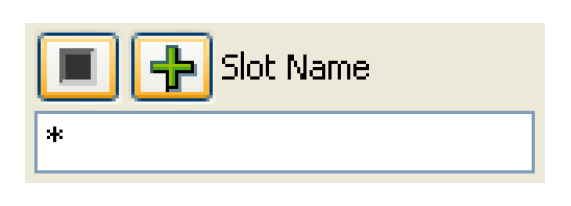 |
Slot Column Label | Filters to only Slots which have a column label that matches the text entered in the text field. | 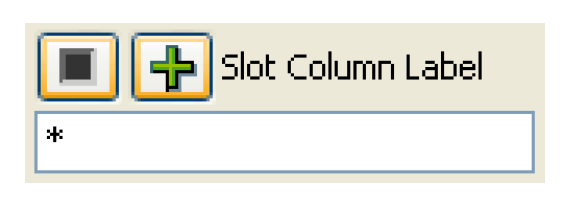 |
Slot Unit Type | Filters to only the Slots which have the specific Unit type selected from the drop down menu. (i.e. Flow, Length, Time, etc.) | 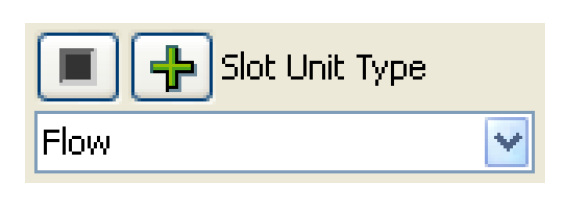 |
Slot Type | Filters to only the Slots which are of the specific Slot type selected from the drop down menu (i.e. Series, All Table Types, Series with RPL Expression, etc.) | 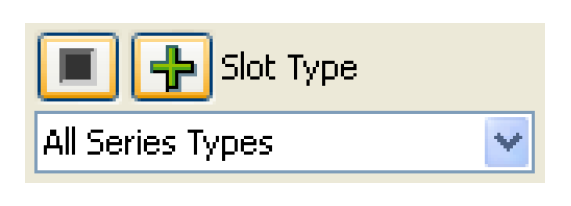 |
Has RPL Expr | Filters to only the Slots which have a RPL expression (such as a SeriesSlot with Expression or Scalar Slot with Expression). | 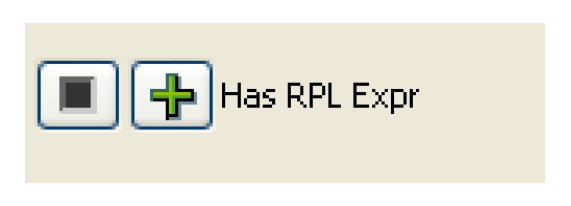 |
Timestep Size | Filters to only the Slots which have the timestep length selected in the drop-down menu. | 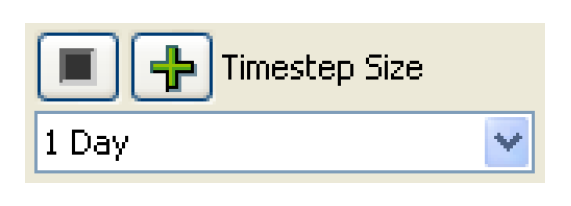 |
Allows Flag | Filters to only the Slots which allow a specific flag selected from the drop-down menu (such as the Target flag on Storage or Pool Elevation Slots, or the Max Capacity flag on Outflow or Energy slots). | 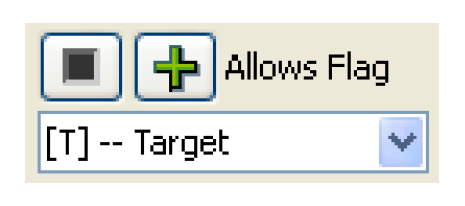 |
Slot Attrib | The Slot Attrib option will filter to show only slots that are Dispatch slots or RBS Governing slots. Dispatch slots are linkable slots that trigger object dispatching when they receive a value. RBS Governing slots are the slots that dictate the solution direction (on a particular object) during rulebased simulation. They are the dispatch conditions (knowns and unknows) associated with the dispatch methods. If these options are hidden or disabled, no filtering takes place. | 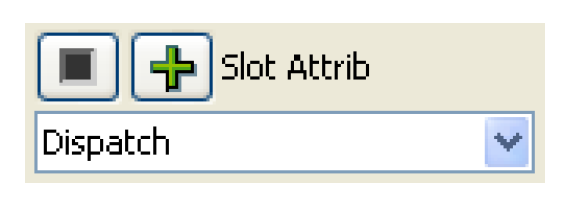 |
Has Description | This filter finds slots which have the specified search text. Leave the field blank to locate all slots which have a non-blank description | 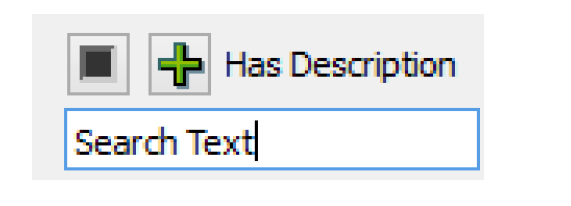 |
Supports Opt Limits | This filter is used to find table slots that are verified in optimization based on specified min and max limits. |  |
Is Custom | Filters to show only Custom slots; i.e. those created by the user that are not Simulation Slots. |  |
Slot Set | Filters to show slots that are part of the selected Slot Set. | 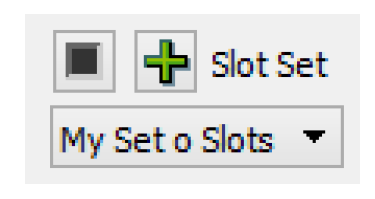 |
Has Flag | Filters to only the Slots which have a specific flag. Except for the User Input (Init Period) and User Input (Run Period), the slot will be shown if it has the specified flag at any timestep in its range. |  |
Has Priority | In a rulebased simulation model, filter to only show slots that have a priority equal to the specified priority. The slot will be shown if it has the priority at any timestep in the range. | 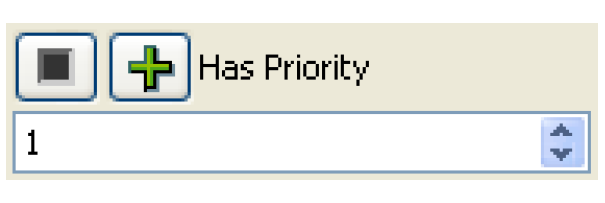 |
Name Uniqueness | When selecting slots on multiple objects, this filter will only show the first instance of a slot name. For example, on two reservoirs, it will only show the first reservoir’s Storage slot. |  |
If appropriate, for example when selecting slots in the Diagnostics Settings dialog for filtering diagnostics by slot, the All Slots and No Slots buttons will be available. If either of these options are selected, either all of the slots (regardless of filtering or selections) or none of the slots are automatically selected and the dialog is closed.
Figure 7.4
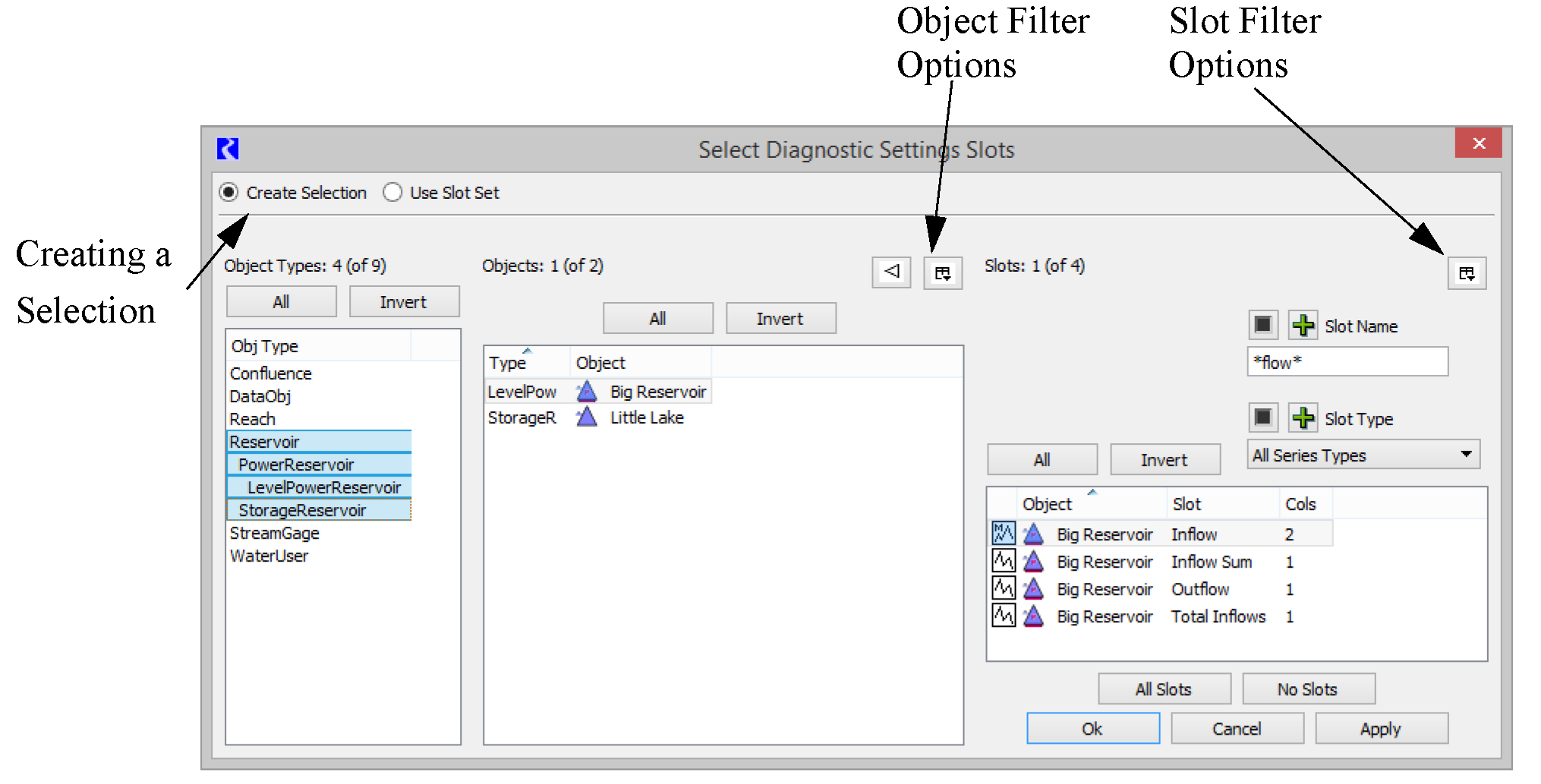
When selecting columns of an Agg Series Slots, Table Slots or Table Series Slots, the Slot Column Label Filter can be used. This is available in, for example, Database DMI Name Maps where the user can select to import column 2 of an Agg Series Slot. In addition, a push button was added to highlight Columns Only on the selection. The Wildcard checkbox also works for this type of selection. A Columns Only checkbox next to the Wildcard checkbox allows the user to specify that in the wildcard selection, only the columns should be selected and not the overall slot.
Following is an example of how this could be used: A user configures 5 agg series slots to contain crop water requirements for 10 different crops. (5 slots * 10 columns = 50 timeseries) When creating a name map for use in importing via the database DMI, the user sets the filter to select each of the columns that are labeled “Crop 1” across the multiple slots. The user can then specify that “Crop 1” maps to “corn” in the database Name Map. This enables the user to set up only 10 Name Maps, one for each crop, instead of the 50 that were previously required. Figure 7.5 shows the selector with the Slot Column Label Filter, and Columns Only button and wildcard options.
Figure 7.5
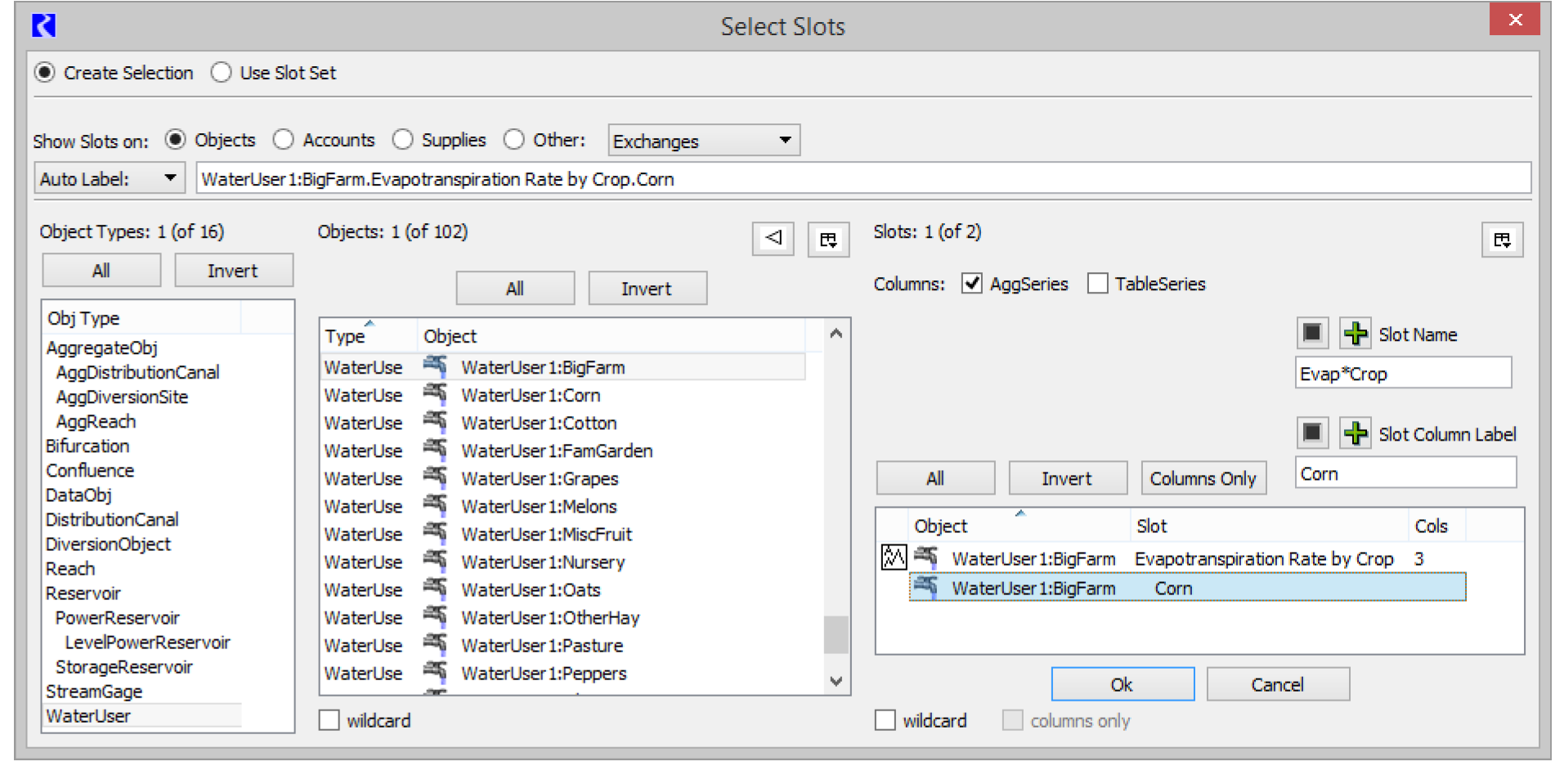
In addition to the Columns: AggSeries checkbox shown in the previous example, the selector has a TableSeries checkbox. If checked, TableSeries slot columns are displayed in the selector dialog.
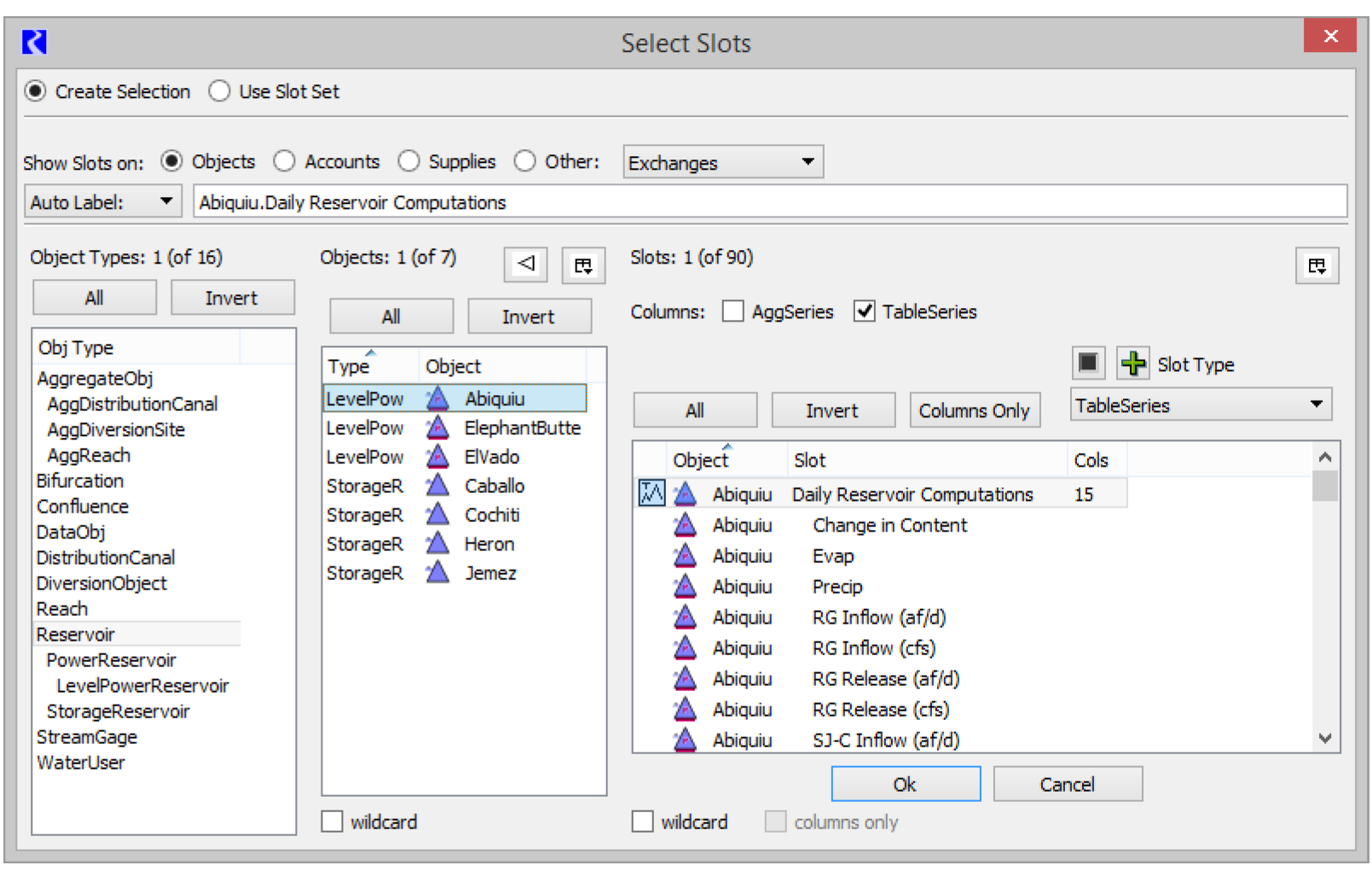
The Columns Only button and the Columns only checkbox behave for TableSeries slot columns as they do for AggSeries slot columns, as described above.
Note: When you select objects or slots for the database DMI (in the Name Map, Dataset or Database DMI dialogs) you have the option of providing a descriptive name for the selection in the Custom Label menu and text box. If you don’t provide a custom label then RiverWare will provide an Auto Label, which frequently is not as readable (or user-friendly) as a custom label.
Use Slot Set
Slot Sets are named collections of slots. See Slot Sets for details. To use the slots that are in a Slot Set, select the Use Slot Set option.
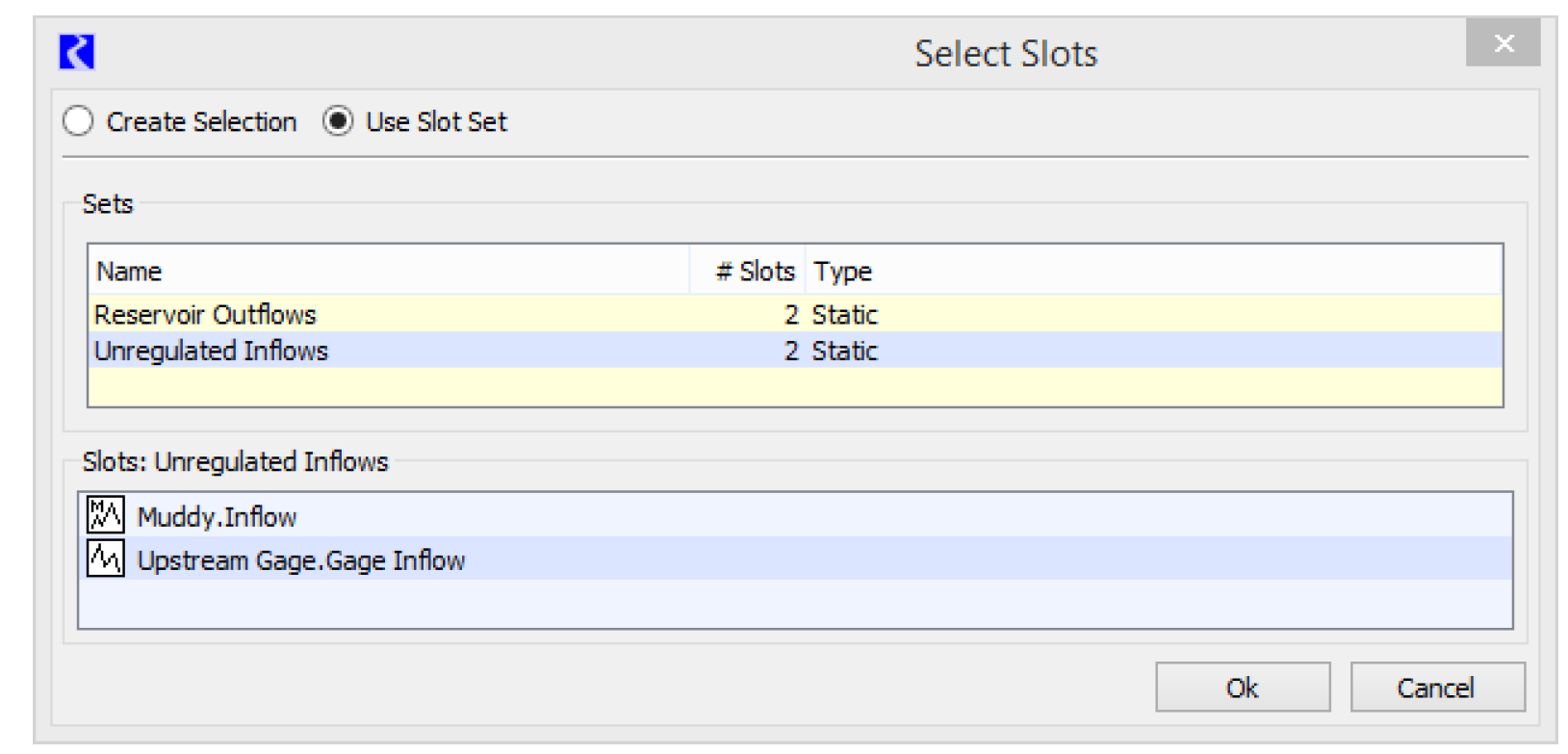
With this option selected, the selector dialog shows a list of the defined Slot Sets in the upper panel.
When one of these rows is selected, the lower panel displays the slots that are contained in that set. The lower panel is for informational purposes only. There is no way to manipulate slots in the set from the selector. All edits to slot sets must be made from the Slot Set Manager.
Choose the desired slot set from the upper panel and select OK.
Note: When the application only needs one slot (like adding a curve to a plot), the first slot in the Slot Set is used.
With Slot Sets, you can create sets that are not applicable for a particular selection. For example, in Figure 7.6, the Script action Set Scalar Slot Values requires Scalar Slots. Rows in the upper panel are disabled (dimmed and not selectable) because those slot sets contain one or more slots that are inconsistent with the selection criteria. Only the Slot Set named Reservoir Scalar Values is applicable and valid.
Figure 7.6
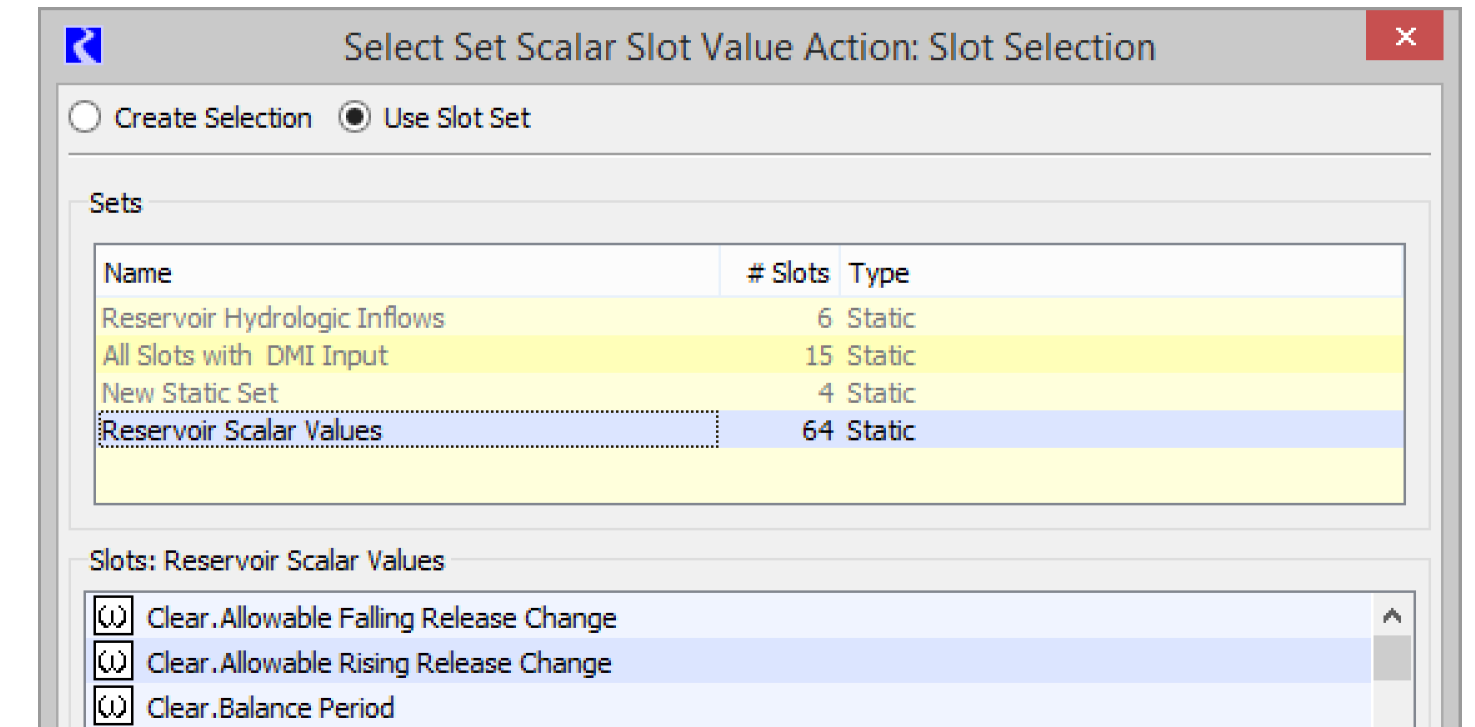
Revised: 08/02/2021